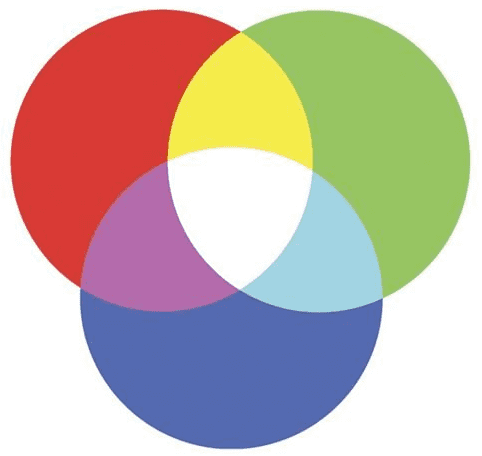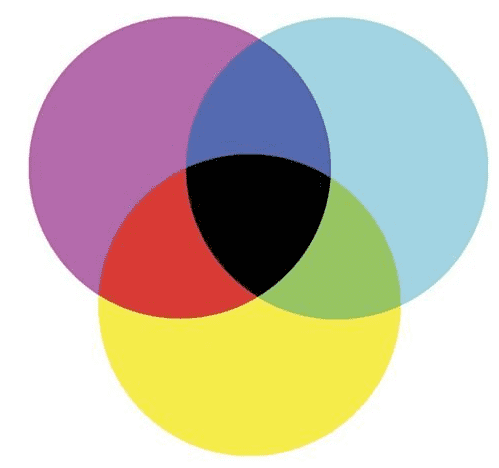Color
Before we can code our component library we have to design some of the foundational elements of our design system.
Color
Color is one of the most important foundational elements of a design system and impacts every single component.
Color theory is the combination of art and science that's used to determine how colors interact.
Color Mixing
There are two methods for producing colors: additive and subtractive.
Additive color mixing, also known as RGB, is carried out by mixing different amounts of primary colors such as red, green, and blue to produce secondary colors, yellow, cyan, and magenta.
Subtractive color mixing is used when white light reflects off of an object.
Additive Color Mixing (RGB)
Additive colors start black and become white as more red, blue, or green are added.
TVs and computer monitors use additive color mixing. Every pixel begins as black and express color as a percentage of red, green, and blue.
Subtractive Color Mixing (CYMK)
While additive color mixing is created by adding colored light to black, subtractive colors are created by absorbing (subtracting) some light wavelengths and reflecting others.
Subtractive colors start as white and as filters are added takes on the appearance of color.
Photos and magazines use subtractive colors.

